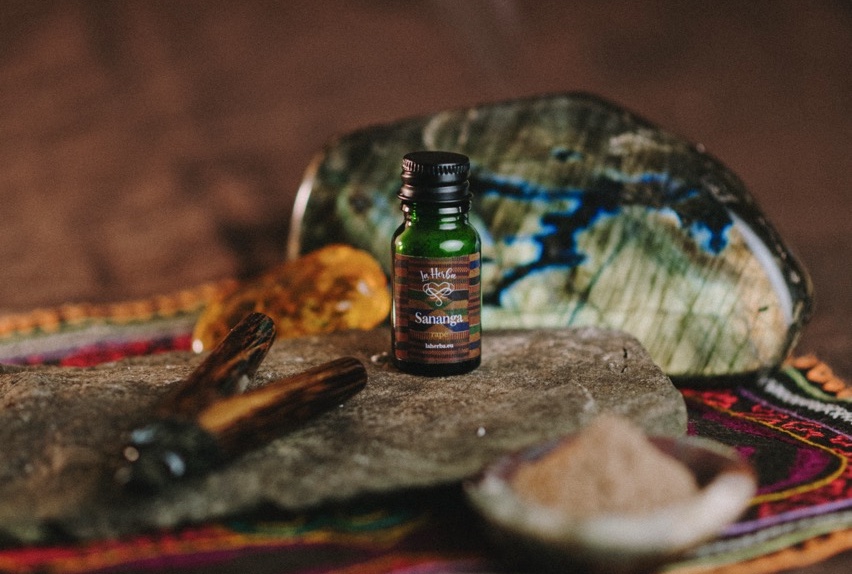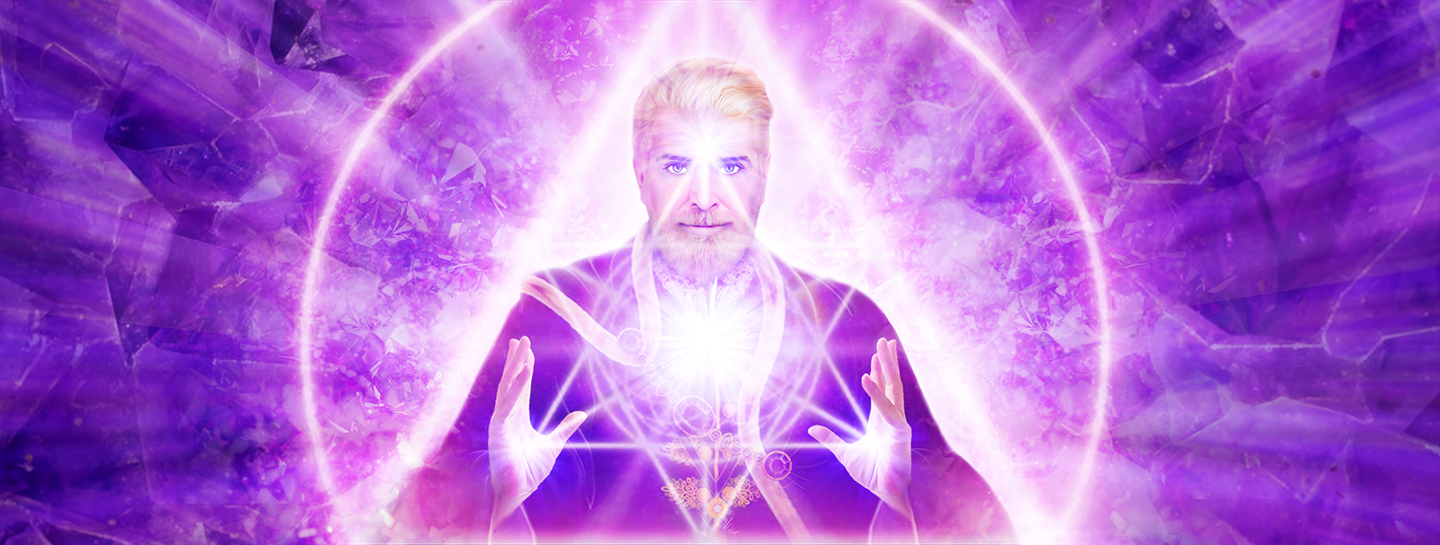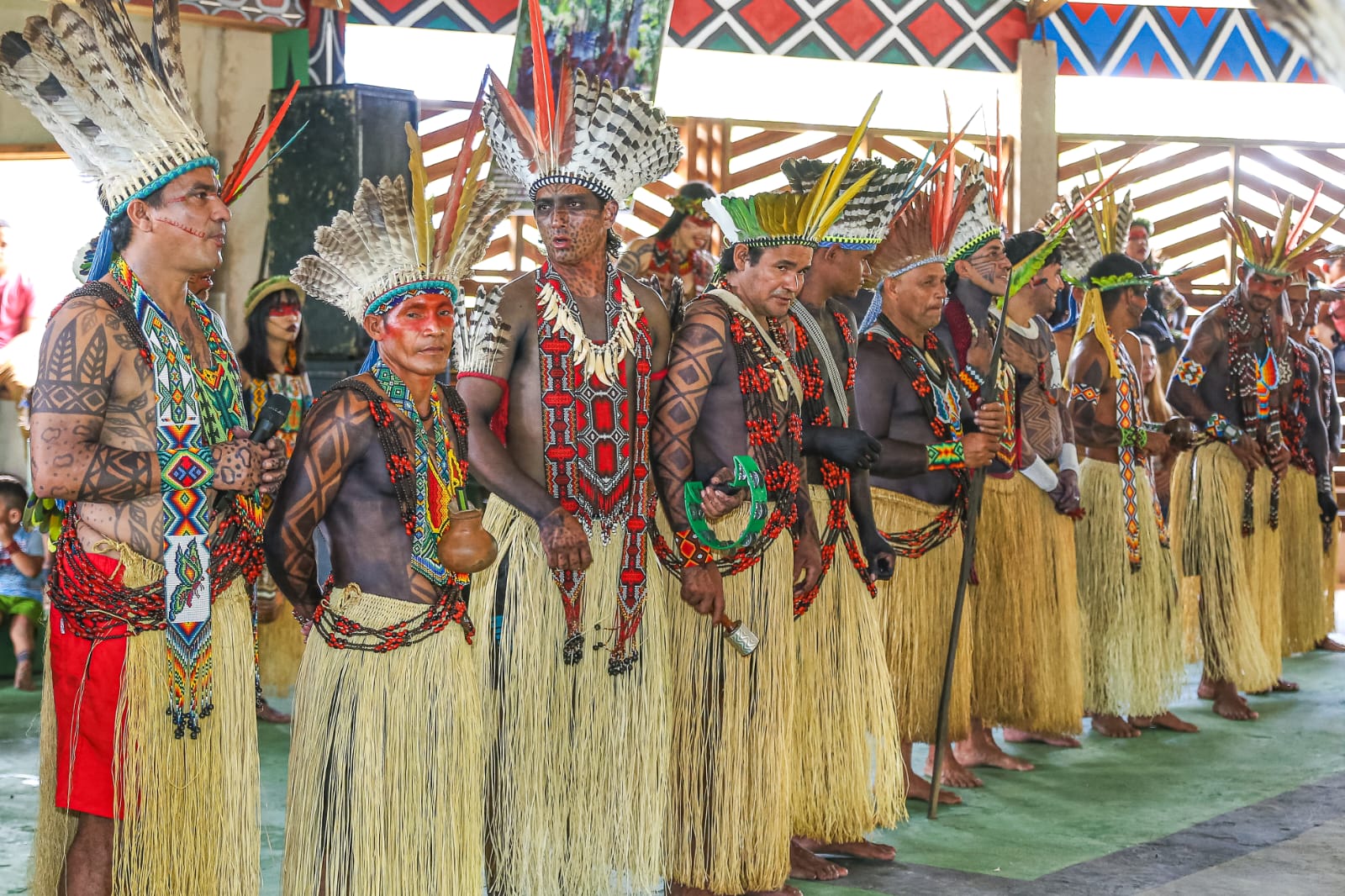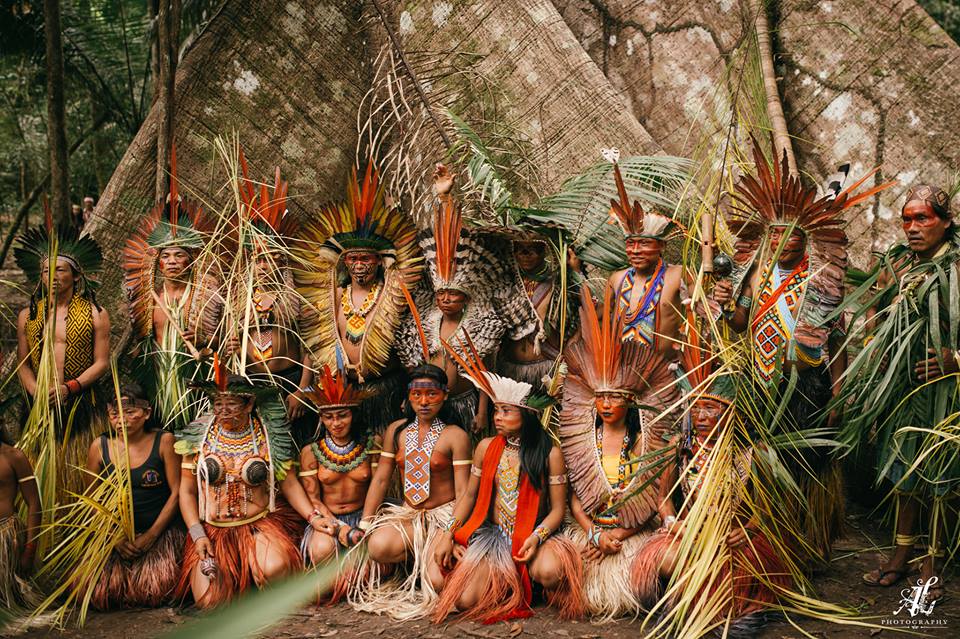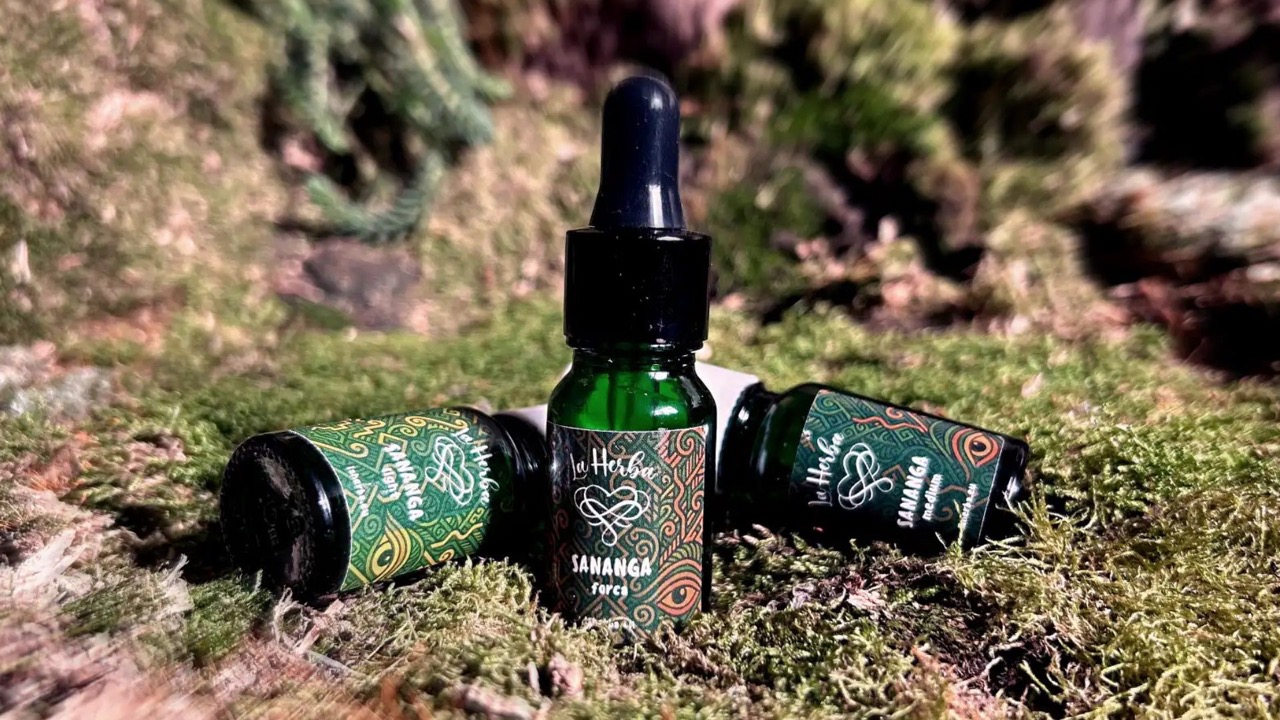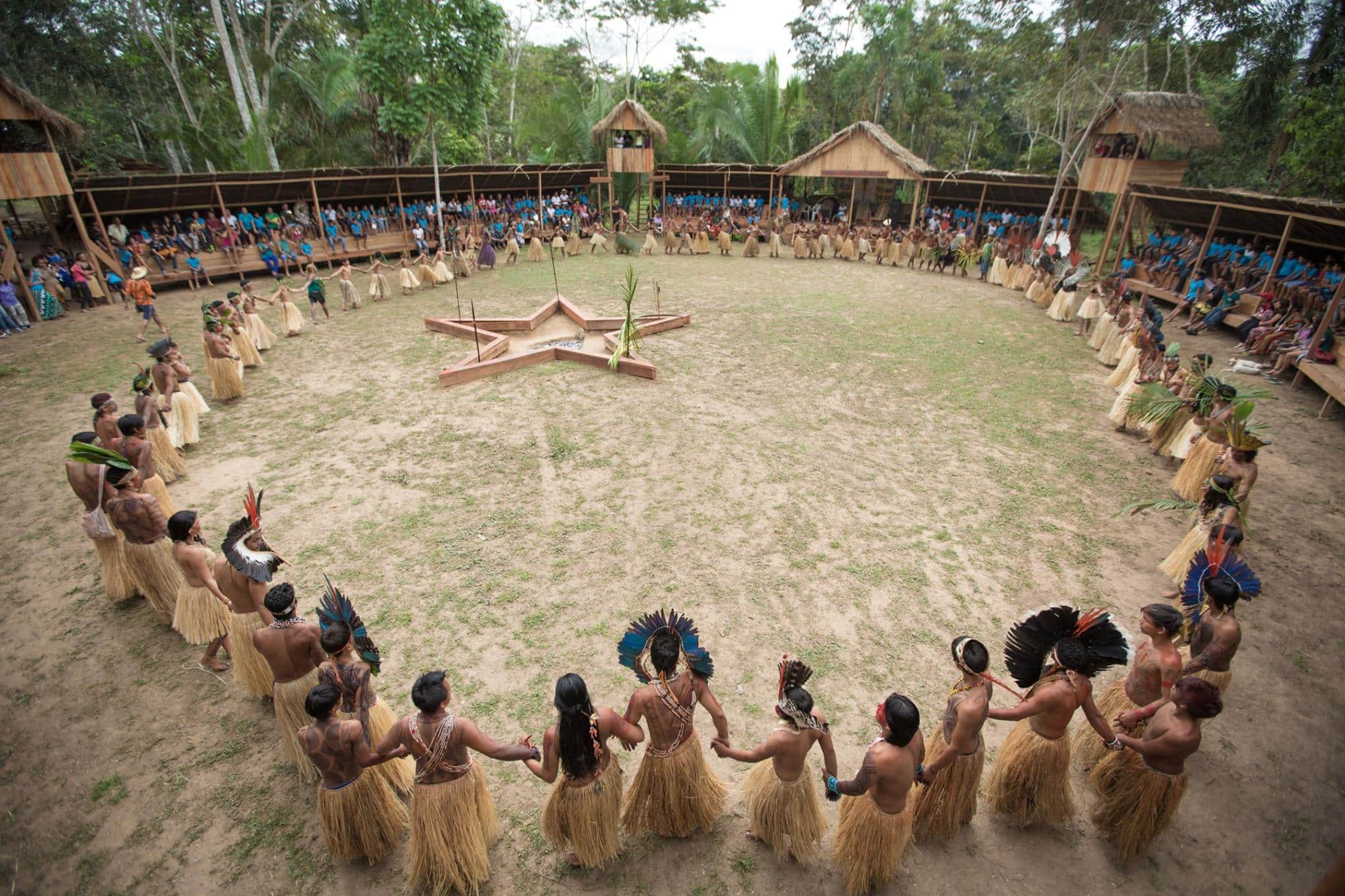
The Kuntanawa People: History, Struggles, and Cultural Revival
In the late 19th and early 20th centuries, the Kuntanawa tribe was nearly exterminated in the heart of the Amazon by armed groups seeking to establish rubber plantations on their lands, located in the Brazilian state of Acre.
The Kuntanawa have inhabited the Amazon region for centuries, but their history is marked by encounters with colonizers and the exploitation of their natural resources. Throughout the 20th century, many Indigenous groups, including the Kuntanawa, faced land dispossession and population decline due to disease and violent conflicts.
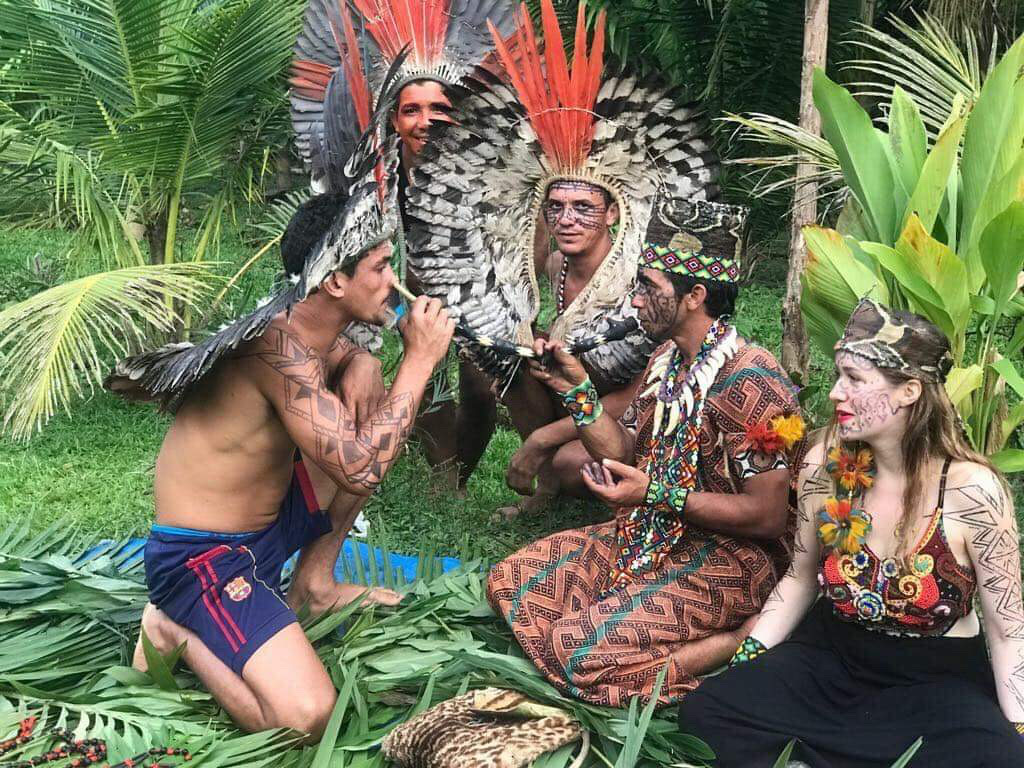
The only surviving descendants of this tribe are members of a large family known in the Upper Juruá region as the “Milton caboclos” (in Acre, the term “caboclo” is used as a synonym for “Indian”), named after their patriarch, Milton Gomes da Conceição.
Today, the tribe is striving to revive the way of life of their ancestors—protecting the Alto Juruá Extractive Reserve, strengthening relationships with other Indigenous communities in the region, restoring rituals involving the ancestral drink ayahuasca, and, above all, preserving the Amazonian territory.
Kuntanawa Society
The Kuntanawa belong to the Pano language family, but their native language is no longer in use—all members of the Kuntanawa community speak Portuguese, and some also speak Spanish. However, efforts are being made to reconstruct their language using the remaining fragments remembered by the tribe’s matriarch, Mrs. Mariana, and by connecting with other Pano-speaking groups such as the Huni Kuin and Yawanawá.
The tribe resides along the upper Tagus River, within the Alto Juruá Reserve, located in the westernmost part of Acre, in the Brazilian Amazon (Marechal Thaumaturgo municipality). Like other Amazonian tribes, the Kuntanawa live in small villages, the most well-known of which is Sete Estrellas.
Kuntanawa Ceremony
Although their population dropped to fewer than two hundred by the mid-20th century, their numbers increased to approximately 400 in 2008. Today, the group identifies as "Kuntanawa," whereas in the past, they referred to themselves as "Kontanawa." In the Pano languages, specifically in Hãtxa Kuin (spoken by the Huni Kuin), the word “konta” has no meaning, while “kunta” refers to the fruit of the "cocão" palm (Scheelea phalerata). Thus, “Kuntanawa” translates to "coconut people."
The Kuntanawa’s social structure is communal, emphasizing family bonds and cooperation. Major decisions are made collectively in tribal assemblies, where members discuss issues affecting the entire community. Elders hold a significant role in passing down knowledge and traditions.
Kuntanawa Rapé Circle
The Tribe’s Mission
According to Haru Kuntanawa, president of the Ascak Association (Social Organization of the Kuntanawa People), the tribe’s primary mission is to protect and preserve the Amazon rainforest, which is fundamental to their livelihood, culture, and spiritual beliefs:
"We strive to maintain our traditional way of life, which is deeply connected to the land and its resources. We believe that preserving the forest is essential for the survival of our people and the biodiversity of this region.
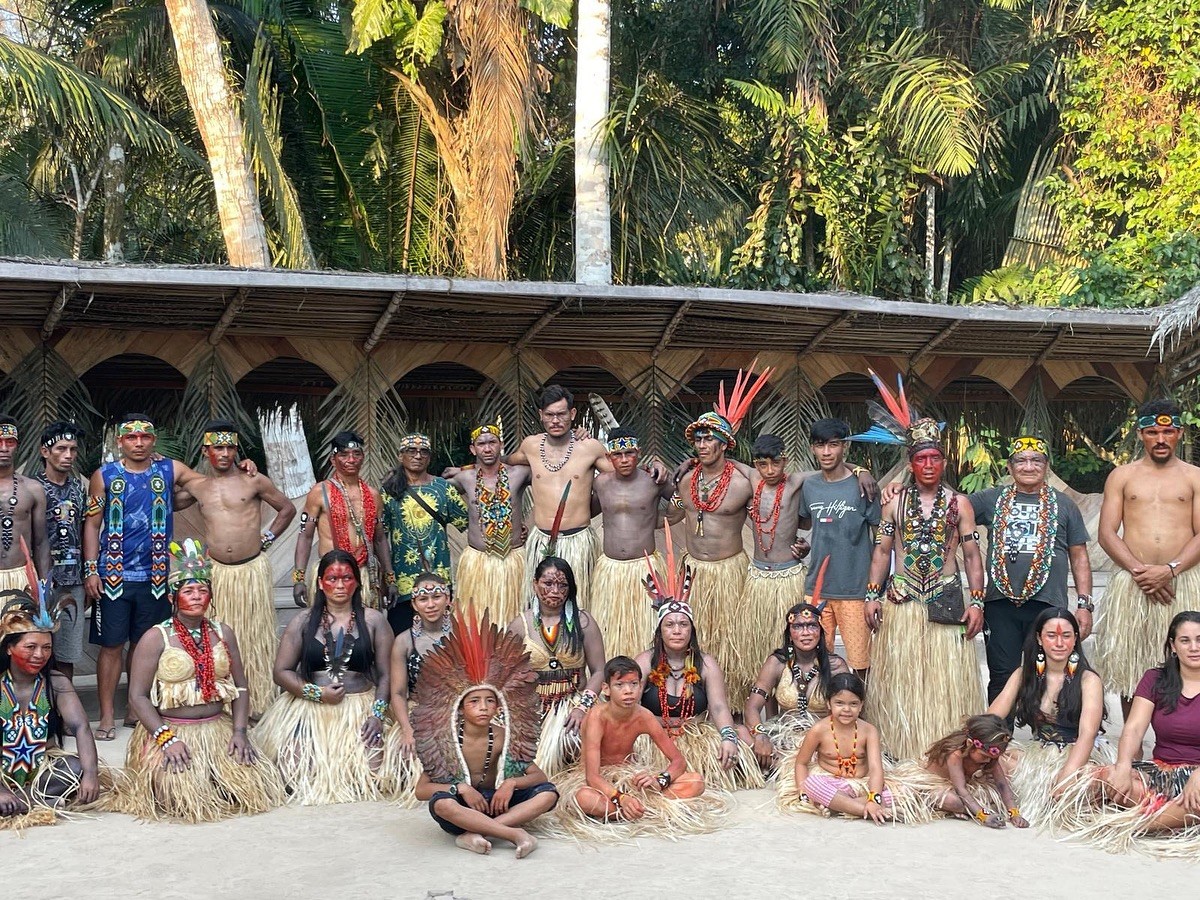
We will continue working to defend the rights of our people and ensure the sustainability of the forest for future generations. We seek to educate our community about the importance of the forest and actively participate in its protection and preservation.
We also collaborate with local and international organizations to promote sustainable development and raise awareness about the significance of the Amazon rainforest."
The Kuntanawa people possess vast knowledge of medicinal plants and their use in traditional healing. This knowledge has been passed down through generations and remains a crucial aspect of their culture, playing an important role in both treating illnesses and performing rituals and ceremonies.
Kuntanawa Transform & Illuminate
Embodiments of Master Saint Germain
In the 11th century BC, Saint Germain was embodied as the prophet Samuel. Saint Germain was embodied as Saint Joseph, the father of Jesus and the husband of Mary.
• In the late 3rd century, he ...
The Puyanawa tribe
The Poianauas (Puyanawa) are an indigenous group that lives in the far west of the Brazilian state of Acre, more precisely in the Indigenous Land Poyanawa, located in the municipality of Mancio Lim...
The Kaxinawa Tribe (Huni Kuin)
The Kaxinawá (Huni Kuin) people are the original inhabitants of Brazil and Peru. Their cities lie along the Purus and Curanja rivers in Peru and the Tarauacá, Jordão, Breu, Muru, Envira, Humaitã an...
Sananga – a Sacred Plant Extract from the Amazon
Sananga is a remarkable plant extract from the Amazon rainforest, deeply rooted in shamanic traditions. It carries unique effects and an energy that words can hardly describe — but when you give it...

